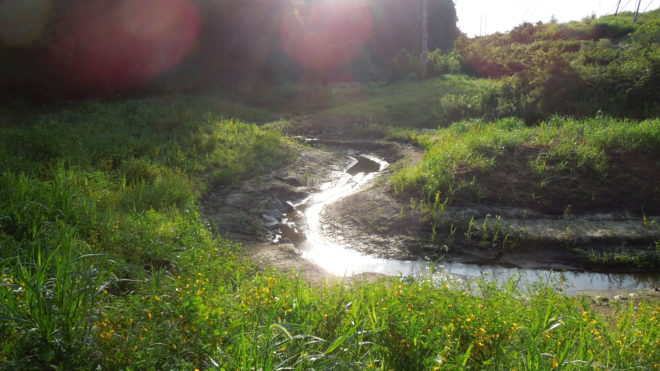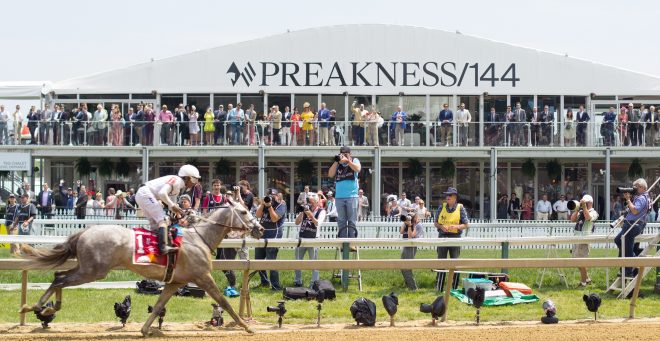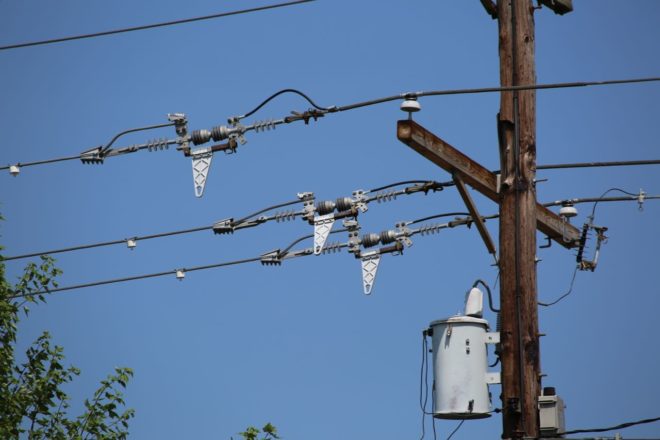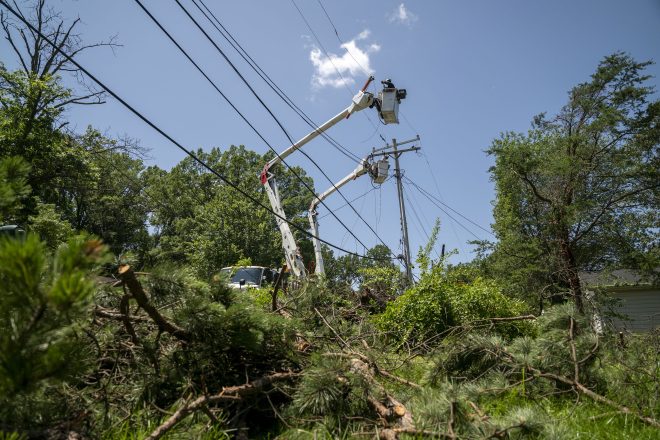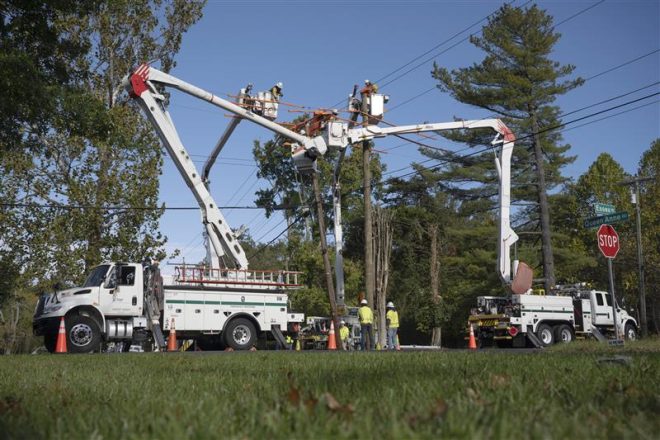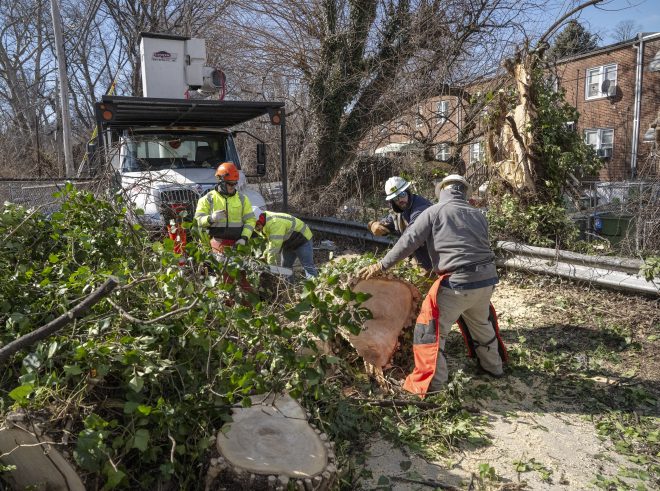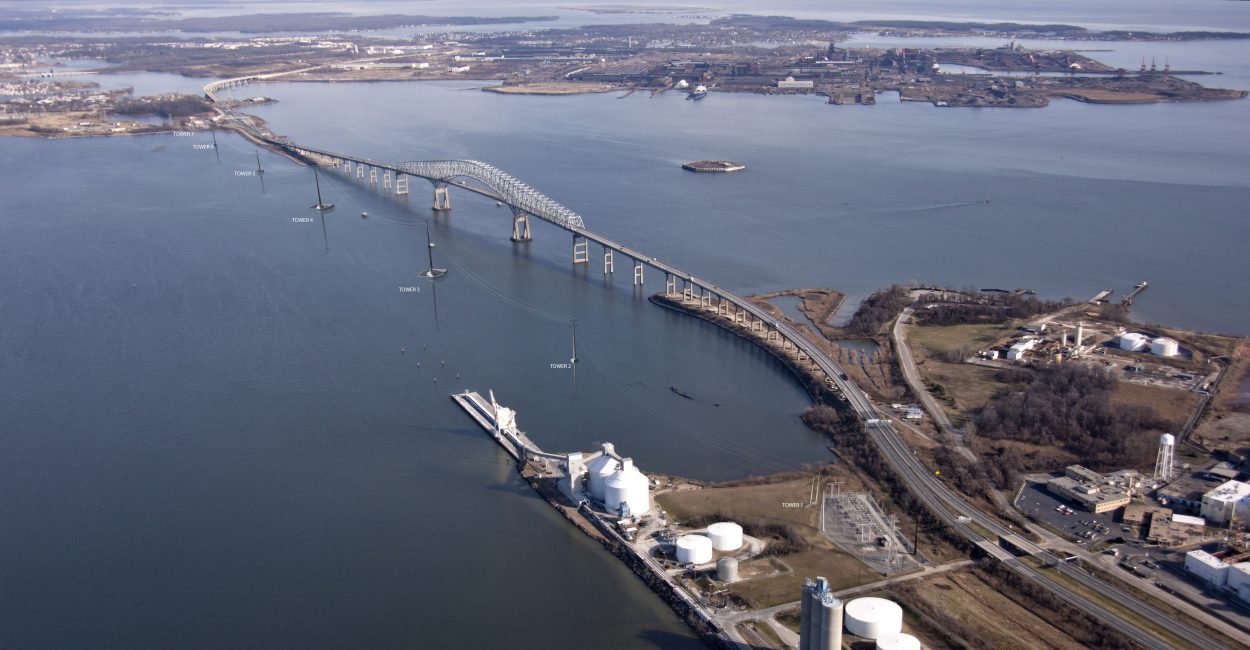
BGE continuously monitors its equipment in order to continue safe and reliable service for our customers. As infrastructure ages, we repair or replace impacted equipment… even when it runs under a major waterway.
BGE operates nearly 1,300 miles of transmission circuits in central Maryland. These high-power lines are often seen on tall towers and connect power plants to the local energy grid. But these lines can also go underground and underwater where an overhead line isn’t feasible.
One underwater segment of BGE’s transmission system is nearing the end of its useful life span and must be replaced – where this gets tricky is its location… under the Patapsco River next to the Francis Scott Key Bridge.
Initial studies on replacing this “Key Crossing” segment, which was installed in the 1970s, reviewed placing a new underwater line, but findings revealed there would be significant environmental impact to the Chesapeake Bay and its wildlife and construction would have a negative economic impact on the Port of Baltimore. The BGE team switched gears and studied an overhead transmission replacement to see if it made more sense.
It did, and after discussions with regulatory agencies, BGE decided to go with overhead lines for several reasons:
- Environmental sensitivity: this option’s impacts on the environment would be a fraction of those generated by underwater replacement
- Cost savings for customers: underwater cables would cost approximately twice as much as the overhead option
- Economic impacts: installing overhead lines is better for Port of Baltimore operations compared to the underwater option
- Workforce development: the overhead option has the greatest potential for local and domestic job creation
The overhead option is still a complex project, as the Patapsco River is approximately 2 miles wide where the overhead lines will be placed. BGE will construct eight total transmission towers; five of them will be placed in the Patapsco River and equipped with collision-protection structures.
BGE has been working with key stakeholders since the project’s inception. Extensive outreach and more than 50 meetings engaged stakeholders from environmental, business, historic preservation, neighborhood and other groups to ensure that their questions were answered and feedback incorporated into the final design wherever possible.
Construction is targeted to begin in 2020, pending regulatory approval, and will take approximately 24 months, with the go-live date scheduled for December 2022. Prior to work beginning, BGE must obtain regulatory permits including a Certificate of Public Convenience and Necessity (CPCN) from the Maryland Public Service Commission. Any individual can provide public comment at one of three evening hearings:
| Sept. 9, 2019 | Sept. 16, 2019 | Sept. 17, 2019 |
|---|---|---|
| 6 p.m. | 6:30 p.m. | 6:30 p.m. |
| Brooklyn Branch of the Enoch Pratt Public Library | Banquet Hall, Orchard Beach Volunteer Fire Department | Multipurpose Room, Sollers Point Multipurpose Center |
| 300 E. Patapsco Ave., Baltimore, MD 21225 | 7549 Solley Rd., Glen Burnie, MD 21060 | 323 Sollers Point Rd., Dundalk, MD 21222 |
BGE continuously invests in its infrastructure to ensure that all customers benefit from the safe and reliable delivery of electricity and natural gas to all customers. Since 2014, BGE has invested more than $5 billion in system upgrades and expansions that include natural gas pipelines, utility poles, overhead power lines, underground cable systems, and other equipment.

